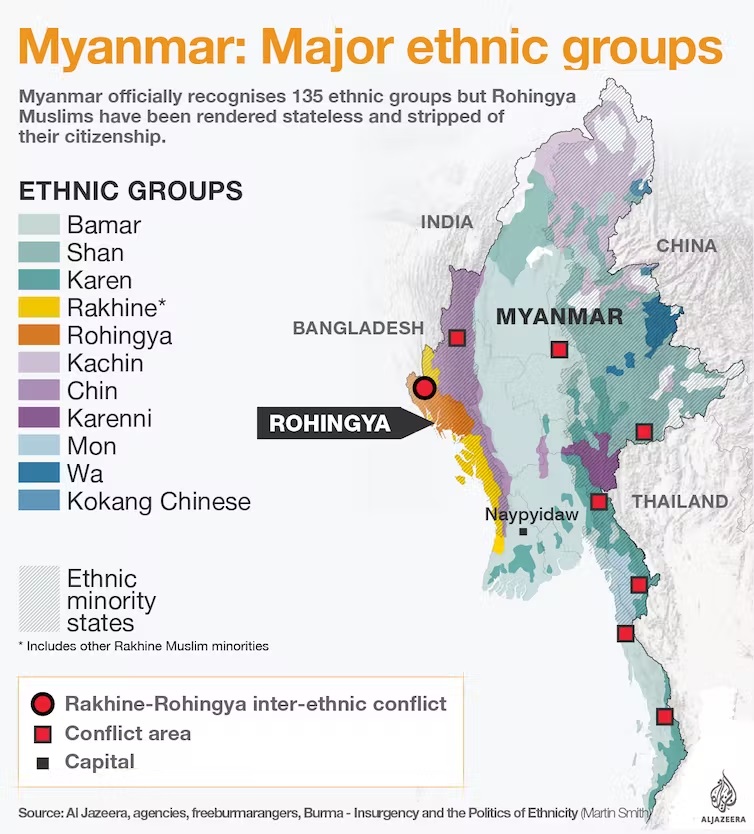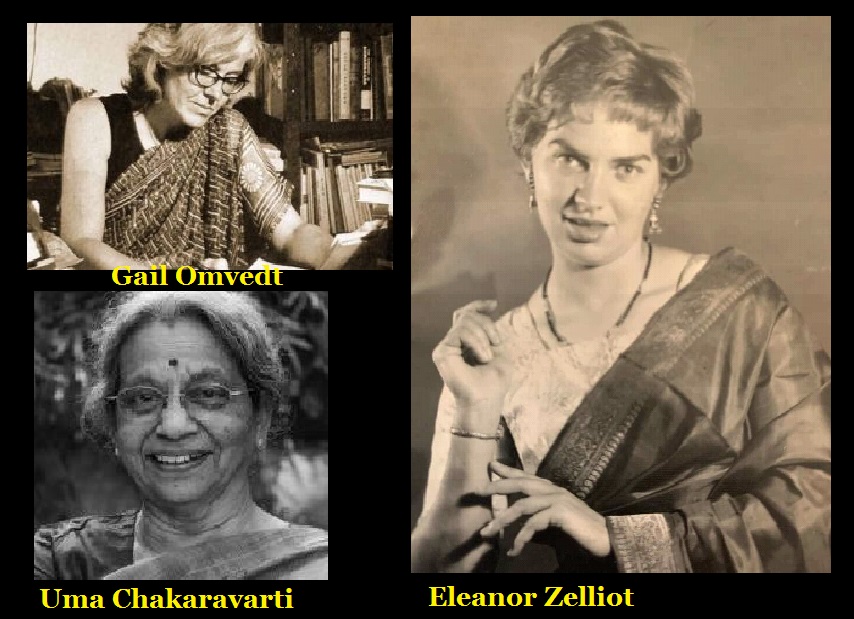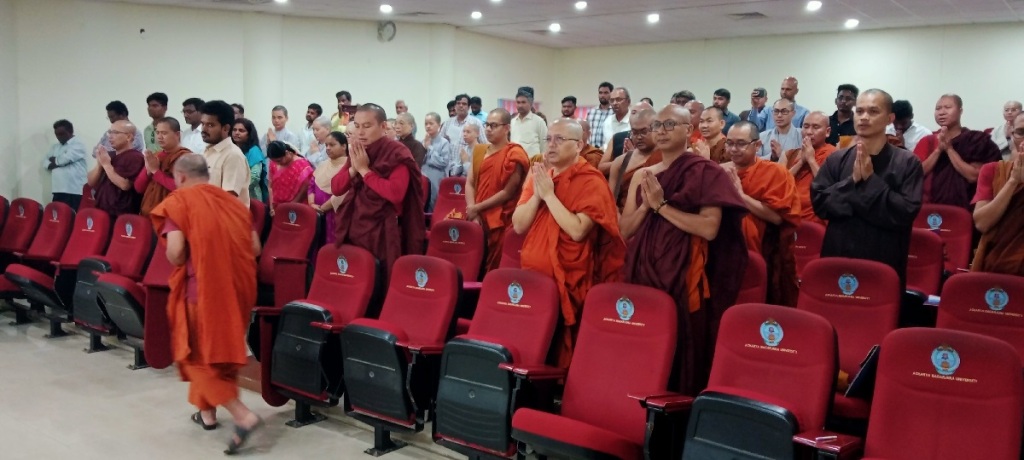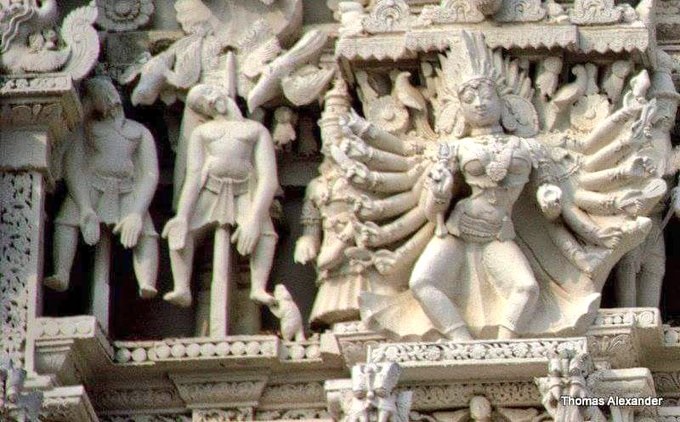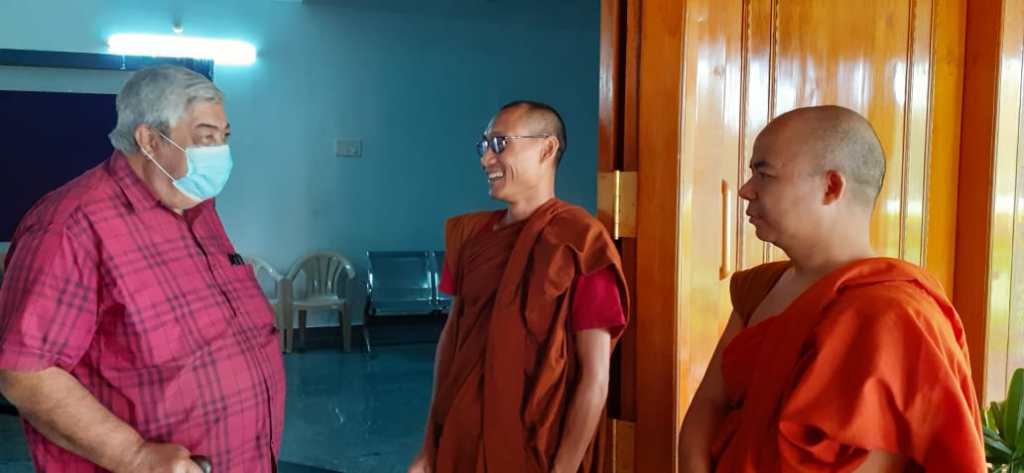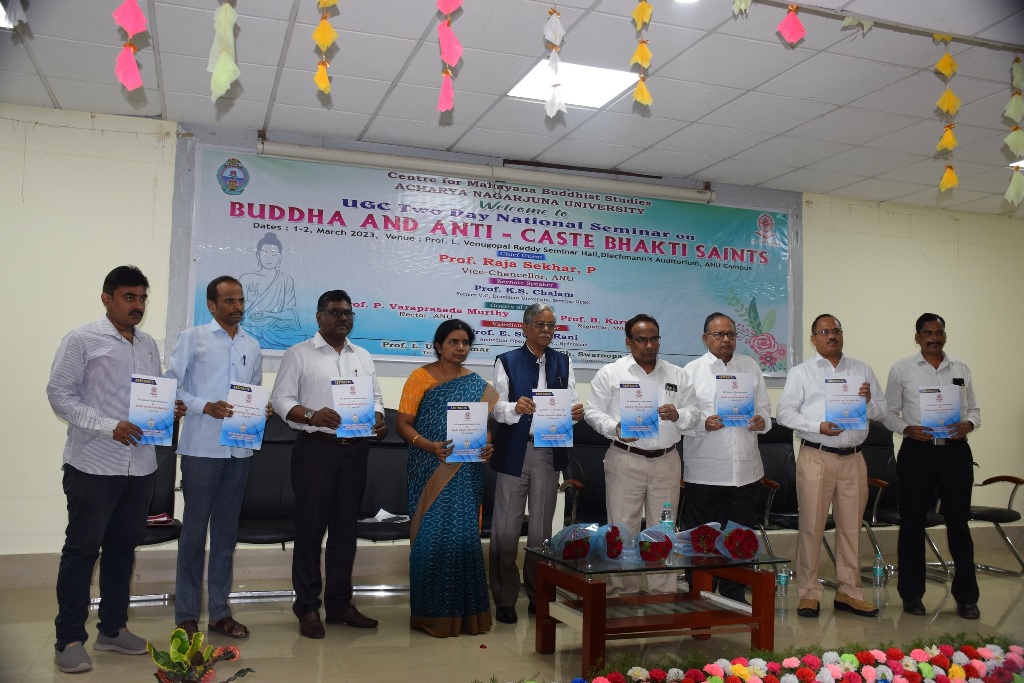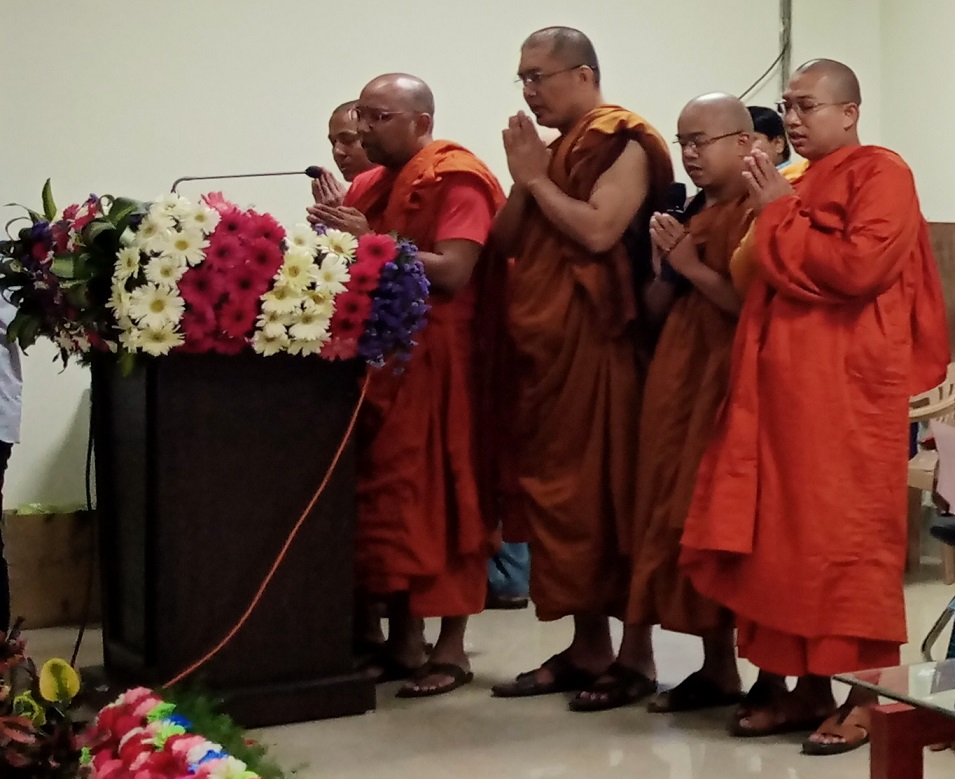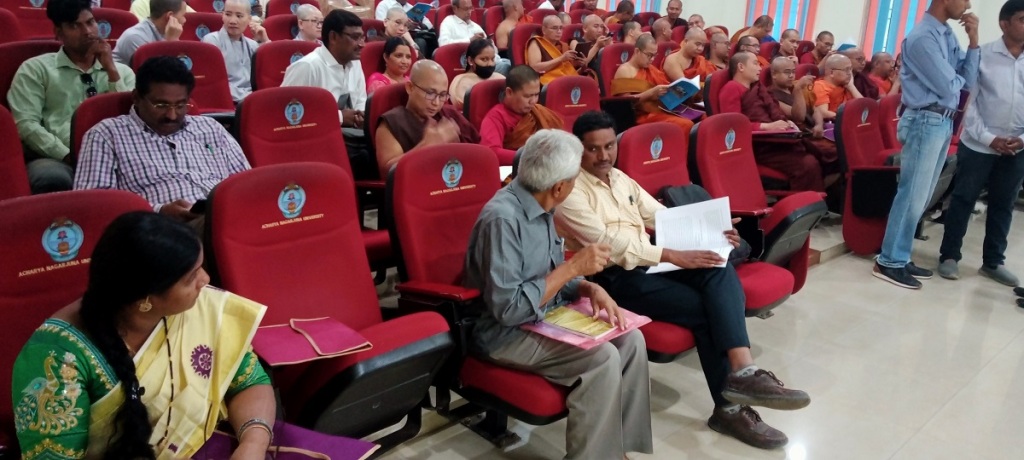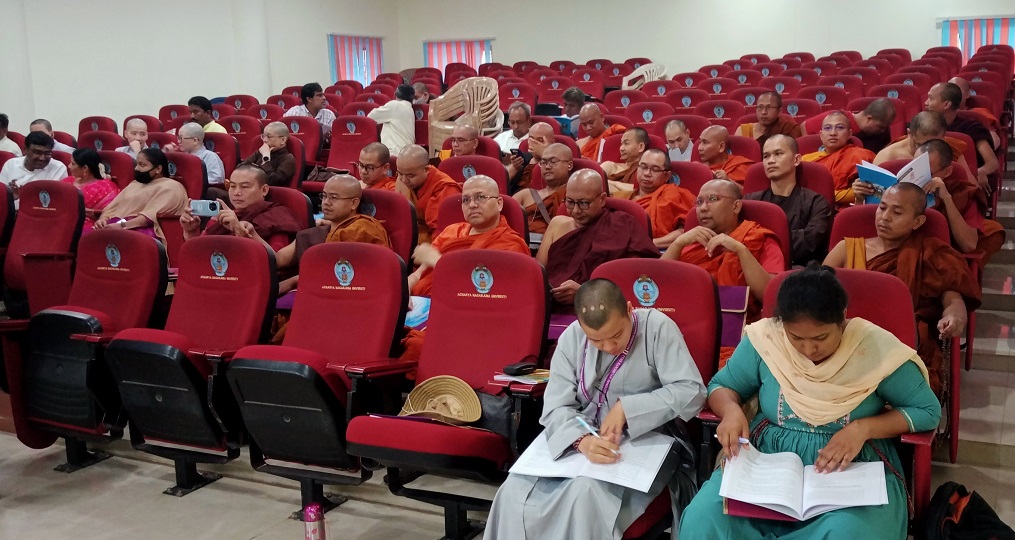What historians and archaeologists could learn from the installation of 108 feet high Adi Shankara statue at Omkareshwar (1)

About the 108 feet high Adi Sankara statue: About the construction of the religious complex and the installation of Adi Shankara statue, there had been news coverage for the last one year from July 2022 onwards when the work was entrusted to L&T. However, the people movement started in 2018 itself for the collection of “Astadhatu” for the construction of the statue. The Construction had started on a 108-feet statue of Adi Shankaracharya in Madhya Pradesh’s Omkareshwar, one of the most revered Jyotirlingas in the country, and was likely to be completed by September when it would be unveiled by Prime Minister Narendra Modi just ahead of Assembly elections in the state. The news reports carried the story in their own way. Thus, one daily characteristically reported that “….it is believed that Adi Shankaracharya travelled to Omkareshwar in the heart of India as a child from his birthplace Kerala and attained knowledge at the sacred place. The statue will likely reflect this stage of his life. Checking up on the status of the project, Chief Minister Shivraj Singh Chouhan travelled to the site in Omkareshwar along with his family members to welcome Swami Chidanand Saraswati of Parmarth Niketan Haridwar, Anandmurti Gurumaa along with Manoj Muntashir, Advaita Kala, Markand Paranjape and others.” Thus, here also, one has to keep politics, ideology and biased reporting aside and look into historicity, historiography and related subjects for the benefit of the students of history and archaeology.

Adi Shankara sojourn to be researched historically and archaeologically: How a boy or youth could have travelled to different parts of India learning under Gurus, debating philosophers with others, establishing mutts and settling down to depart away at the age of 33, should also to be thought of in historical perspective. Travelling by foot, bullock cart, horse etc., covering thousands of kms, staying at different places, carrying out daily routines, but following his austerities strictly are also to be studied. Incidentally, “Advaita” is studied, discussed and debated even today, not only in India, but also in many world universities. It is well known that philosophy had been part and parcel of Indian wisdom acknowledged by all world philosophers. In fact, several Greek philosophers reportedly sojourned to India to learn philosophy. Of course, one Indian philosopher reportedly self-immolated during a debate to prove that his spirit lives forever, but, only his body was destroyed. Therefore, the influence of Adi Shankara can be felt in the philosophical, logical, religious, ethical and moral arenas. The Buddhists had been so envious, resentful and spiteful enough to dub him as “Praccanna Buddha” (the masqueraded Buddhist).

The Ekatma Dham project: Apart from the statue, named the ‘Statue of Oneness’, the project includes an Ekatma Dham. In total, the project will cost the Madhya Pradesh government more than Rs 2,000 crore, out of which the statue is worth Rs 200 crore. While the entire project will be completed by 2026, the statue is expected to be ready by August / September this year, 2023. The Ekatma Dham, to be made on Onkar Parvat, will include a state-of-the-art grand ‘Advaita Lok’ museum, which will show the life journey of Adi Shankaracharya. A public information centre, Nauka Vihar and Vedic Gurukul will also be part of the Ekatma Dham. Once the project is complete, around 3,000 people will be able to attend laser and sound shows through the ‘Shriyantra’. A ‘Sharda Peeth’ will also be designed and materials for the same will be brought in from Kashmir. The teachings of Guru Adi Shankaracharya will also be taught here.

L&T received order for the construction of Adi Shankara statue and the complex – July 2022[1]: Larsen & Toubro, which completed the Statue of Unity in Gujarat, is working on the ‘Statue of Oneness’ as well[2]. It has also been allotted the construction work of the Ram Temple in UP’s Ayodhya[3]. Their press release declared[4], “Further, the Business has secured an order for the Engineering, Procurement & Construction of the ‘Statue of Oneness’ –
- The Statue of Adi Shankaracharya at Omkareshwar in District Khandwa, Madhya Pradesh from the Madhya Pradesh State Tourism Development Corporation Ltd[5].
- The Statue will be bronze cladded and will be placed on a lotus petal base made of stone, which will be placed over a RCC pedestal[6].
- The sole height of statue from base i.e., from the paduka till the apex will be 108 feet[7]. The project is scheduled to be completed in 15 months.”[8]
- The statue and the Shankar Museum will be set up on an area of 7.5 hectares on the Mandhata mountain. A gurukulam will be developed on the other side of the Narmada River in a 5-hectare area and Acharya Shankar International Advaita Vedanta Sansthan will be developed in a 10-hectare area[9].
- The Buildings and Factories (B&F) business of L&T Construction had secured an Engineering, Procurement, and Construction (EPC) order from the Madhya Pradesh State Tourism Development Corporation Limited to construct a statue of Adi Shankaracharya[10].

Spiritual tourism complex: L&T Project Director MV Satish told News18 that 70% concrete work has been completed and the remaining will be completed at the earliest. The concrete base of the statue will be around 28 metres with heavy use of steel and bronze. The design and architectural work has been allotted to Delhi-based firm CP Kukreja. “The project is so sacred that it has changed the way we work. I have seen the positive changes as soon as I got on board with ‘Ekatma Dham’,” said Dikshu Kukreja, chief designer of the project. Officials say that after the Mahakaal Lok in Ujjain, the project in Omkareshwar should also be seen as a mega investment project which will yield good returns. While the project is being completed, the state government will also work to connect Ujjain, Omkareshwar and nearby cities into one spiritual tourism circuit. As per further details, the portrait of Adi Shankaracharya has been made by renowned painter Vasudev Kamat and the sculpting has been done by accomplished sculptor Bhagwan Rampure.

How the prototype was prepared, metals contributed for the statue etc: The selection appropriate picture with which the prototype was prepared has been carried on meticulously engaged with experts from the respective fields:
- Sample statues of Adi Shankaracharya prepared by artists from Mumbai, Gujarat and some other states have also arrived at the Acharya Shankar Cultural Unity Trust’s office located in the Tribal Museum of Bhopal[11].
- The Trust had assigned the task of making sample statues to 20 artists, out of which 10 had made the statues and presented to the Trust[12].
- The statue had been prepared on the basis of the picture of Adi Shankaracharya made by the Trust.
- One of these sample images has been selected and the 108 feet statue built accordingly.
- The statue has been made of Ashtadhatu, a mixture of copper, tin, zinc, lead and other metals 85:5:5:5 collected from 23 thousand panchayats of the state[13].
- Weighing 100 ton statue with 50 feet artistic based statue has been installed, facing the south direction i.e. towards Omkareshwar Jyotirling and Narmada[14].
- Famous painter Vasudev Kamat prepaed a picture of the child of 11 year old Shankaracharya.
- Well-known sculptor Bhagwan Rampure is preparing the idol under his guidance.
Thus, every step has been taken care of, to get the best out the contributors.
© K. V. Ramakrishna Rao
22-09-2023

[1] News18, Work on 108-Feet Tall Adi Shankaracharya Statute Begins at Omkareshwar; PM Modi Likely to Inaugurate in Sept, Reported By: Nikhil LakhwaniCNN-News18, Last Updated: MAY 08, 2023, 10:38 IST,New Delhi, India
[2] https://www.news18.com/india/work-on-108-feet-tall-adi-shankaracharya-statute-begins-at-omkareshwar-pm-modi-likely-to-inaugurate-in-sept-7748239.html
[3] L&T Press Release, L&T Construction awarded (Significant*) contracts for its Buildings & Factories Business, July 2022.
[4] https://corpwebstorage.blob.core.windows.net/media/46897/2022-07-11-lt-construction-awarded-significant-contracts-for-its-buildings-factories-business.pdf
[5] Economic Times, L&T bags contracts for data center construction, ET Online, Last Updated: Jul 11, 2022, 11:06 AM IST.
[6] https://economictimes.indiatimes.com/industry/services/property-/-cstruction/lt-construction-bags-contracts-for-data-center-service-providers/articleshow/92795745.cms?from=mdr
[7] Business Standard, L&T Construction wins order under its buildings and factories biz, Last Updated : Jul 11 2022 | 2:32 PM IST
[8] https://www.business-standard.com/article/news-cm/l-t-construction-wins-orders-under-its-buildings-and-factories-biz-122071100261_1.html
[9] Free Press Journal, Indore: Assembling of parts of the Idol will begin soon, Staff Reporter, Updated: Thursday, January 19, 2023, 01:16 AM IST
[10] https://www.freepressjournal.in/indore/indore-assembling-of-parts-of-the-idol-will-begin-soon
[11] Bhaskar, Special preparations for the statue to be installed in Omkareshwar: 10 sample statues of Adi Shankaracharya made by artists of Mumbai and Gujarat came to Bhopal, out of these 3 were selected, Bhopal, 2021, Author: Rahul Sharma
[12] https://www.bhaskar.com/local/mp/bhopal/news/108-feet-statue-to-be-installed-in-omkareshwar-10-sample-statues-of-adi-shankaracharya-made-by-artists-from-mumbai-gujarat-came-to-bhopal-out-of-which-3-were-selected-129106415.html
[13] Bhaskar, 108 feet tall statue of Adi Shankaracharya: The statue, weighing 100 tons, will be installed at a height of 50 feet, Uday Mandloi Khandva, 2022.
[14] https://www.bhaskar.com/local/mp/khandwa/news/100-ton-statue-will-stand-on-50-feet-high-base-130449982.html

Filed under: academic, academicia, Acharya, adi sankara, Adi Shankara, alloy, antique, antiquity, archaeology, artefact, artifact, Bakhshali, Bakhshali manuscript, Brahma, brahman, brahmasutras, buddha, Buddhist, casting, copper, cosmogony, cosmology, current era, date of Buddha, date of Sankara, dating, Dramila, Dravida, Dravidam, heritage, Hindu, Hindu religion, historicity, historiography, historiosophy, history, idol, interpretation, Jyotirlinga, Jyotirlingam, karma, Mantra, manuscript, maya, mimamsa, mind, myth, mythologization, mythology, non-brahmin, non-Veddc, non-Vedic, ontology, pilgrim, pilgrimage, reality, rebirth, rescue archaeology, research, researcher, sankara, spiritual, spirituality, statue, upanishads, Vedas | Tagged: adi sankara, Adi Shankara, advaita, astadhatu, copper, dual, dualism, Jyotirlinga, Jyotirlingam, L & T, lead, narmada, omkareswar, pilgrim, pilgrimage, praccana buddha, sankara, sankaracharya, sculptor, spiritual tourism, spirituality, statue, tin, tirta yatra, zinc | Leave a comment »


